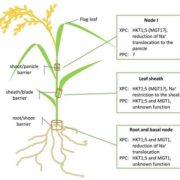
Commentary: Salt Tolerance in Crops: Not Only a Matter of Gene Regulation
Blog, Plant Physiology, Plant Physiology: Updates, Research, Research Blog0 Comments
/
By Elide Formentin
Rice (Oryza sativa), the primary source of calories for more than 2 billion people, is the most sensitive of all cereal crops to soil salinity, which affects more than 20% of irrigated arable land (FAO and ITPS, 2015). Rice paddies are mainly located at the delta of rivers, where…
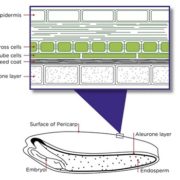
Letter to the Editor: Does C4 Photosynthesis Occur in Wheat Seeds?
Blog, Plant Physiology, Plant Physiology: Updates, Research, Research BlogBy Robert J. Henry, Parimalan Rangan, Agnelo Furtado, Florian A. Busch, Graham D. Farquhar
Does C4 photosynthesis occur in seeds? A nice set of of arguments for and against, as Letters to Editor.
Read more ... http://www.plantphysiol.org/content/174/4/1992

Plant blindness and the implications for plant conservation
Blog, Plant Science Research Weekly, Research, Research BlogPlant Blindness negatively affects plant conservation, despite plants being a majority on the endangered species list. Balding and Williams review the research on plant blindness and argue that it isn’t inevitable. There are cultures in the world more keenly aware of plants than most in western societies…
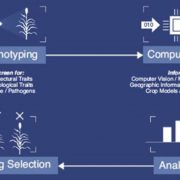
High throughput phenotyping to accelerate crop breeding and monitoring of diseases in the field ($)
Blog, Plant Science Research Weekly, Research, Research BlogHigh throughput phenotyping (HTP) is a frontier in plant biology. Shakoor et al. review the state of HTP and various levels of implementation, current limitations, and the new horizons for the field. Envirotyping – getting all the information possible from an individual plant in a field to fully understand…
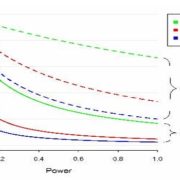
Redefine statistical significance
Blog, Plant Science Research Weekly, Research, Research BlogWith data generation, high false positive rates, and inability to reproduce findings all on the rise in science, Benjamin et al. propose lowering the standard threshold of the p-value to 0.005. The p < 0.05 standard would be termed “suggestive” under this scheme. Some of the caveats are that this…

7000 botanists together at the 6-yearly Congress #IBC2017
Blog, Plant Science Research Weekly, Research, Research BlogThe International Botanical Congress was held in Shenzhen, China (#IBC2017) last week. The AoB Blog published several blog posts and tweet collections from the conference. The Congress also voted on The Shenzhen Declaration on Plant Science designed to unite plant scientists around several priorities…
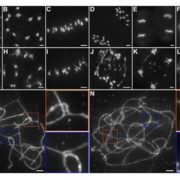
MEICA1 (meiotic chromosome association1) interacts with TOP3α and regulates meiotic recombination in rice
Blog, Plant Science Research Weekly, Research, Research BlogHu et al. found a sterile rice mutant defective in meiosis. They mapped it to MEICA1, a widely conserved but uncharacterized protein required to ensure crossovers occur between allelic regions of chromosomes. It also inhibits allelic homologous recombination. This adds to a suite of proteins eukaryotic…
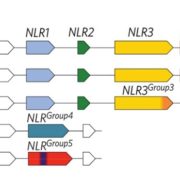
NLR locus-mediated trade-off between abiotic and biotic stress adaptation in Arabidopsis ($)
Blog, Plant Science Research Weekly, Research, Research BlogWith both biotic and abiotic stresses predicted to worsen due to climate change, the ideal crop of the future must have traits to handle both. Common abiotic stresses like drought, cold, and salinity cause osmotic stress by disrupting cell turgor. Exposure to a mild salt treatment leads some plants to…
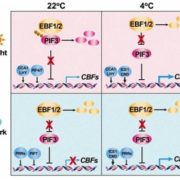
PIF3 is a negative regulator of the CBF pathway and freezing tolerance in Arabidopsis ($)
Blog, Plant Science Research Weekly, Research, Research BlogLight and temperature are two major factors affecting plants’ growth. Jiang et al. discovered a circuit (EBF1/2-PIF3-CBF) that integrates light and freezing tolerance by integrating EBF1/2 (EIN3-BINDING F-BOX 1/2), PIF3 (PHYTOCHROME-INTERACTING FACTOR 3) and CBF (C-REPEAT BINDING FACTOR). In light,…

